When choosing a riflescope, which is best: mrad or MOA? Chris Parkin solves the riddle once and for all with information on both specifications...
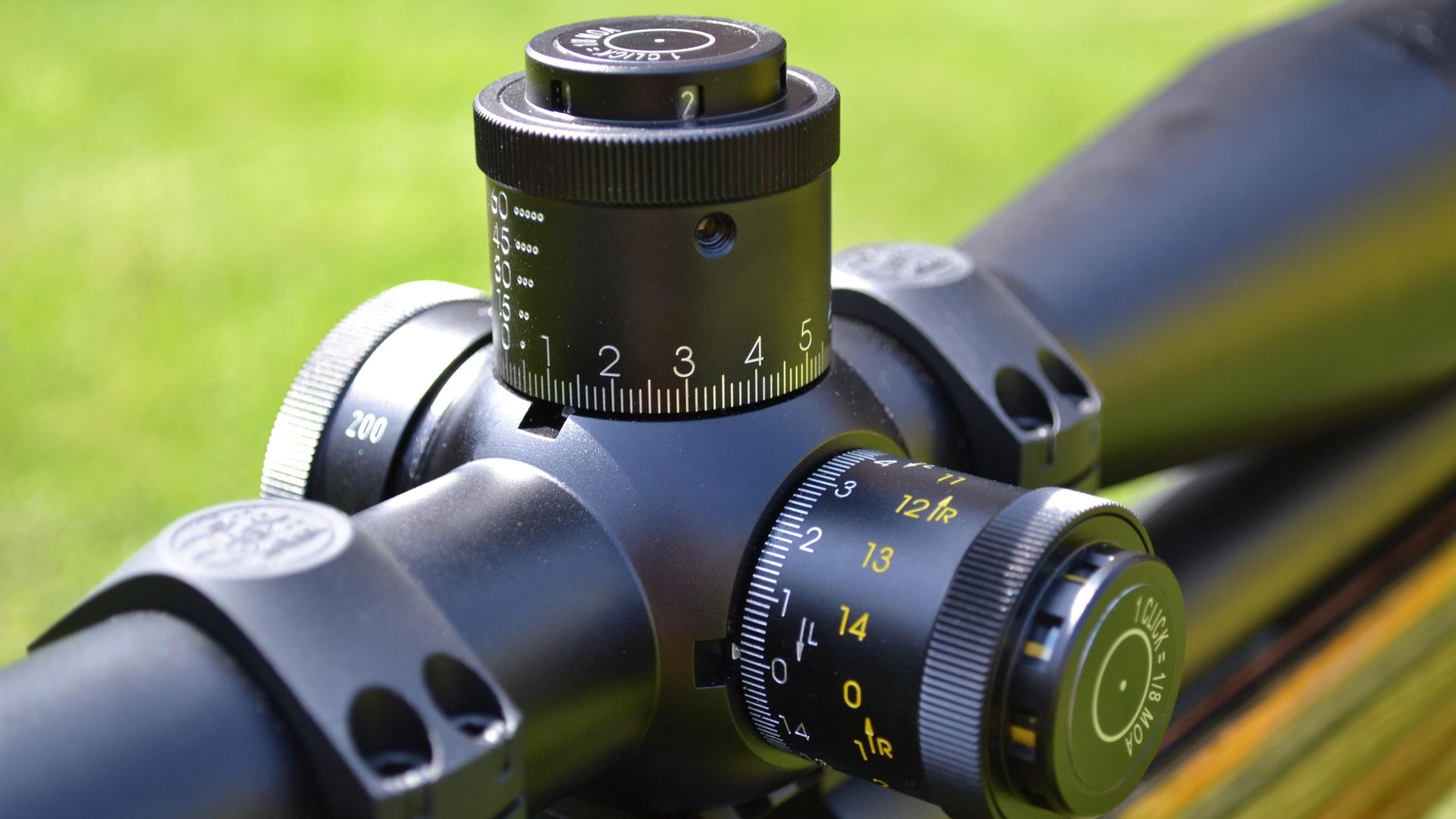 credit: Chris Parkin
credit: Chris Parkin
What’s the difference between MRAD and MOA?
This is one of the most common questions you will hear. But when you really get down to it, both are quite simply just different units of measurement, the same as miles or kilometres, metres or yards, pounds or kilograms and pints or litres. Although not specifically metric or imperial versions, the mrad system is considered to be a simple metric format because it calculates in base ten and can be defined precisely in metres or centimetres. For example, 1 mrad (or milliradian) spans 1m at 1,000m. Think of it as a simple triangle and as you draw closer, that same milliradian is 10cm at 100m – a tenth of the size.
Now break that down into individual scope clicks, most commonly advertised as 1cm (or 10mm) at 100m, and you realise each click is now exactly 0.1mrad. Neither way of explaining it is more or less accurate. Both are identical within the physical manufacturing tolerances of the riflescope’s internal mechanisms themselves.
Swap to minutes of angle (MOA) and the general rule of thumb is that 1" at 100yd is 1 MOA – but that is not absolutely correct. That ‘minute’ actually subtends (spans) 1.047" at 100yd, and although that might seem a small discrepancy, because it’s all about angles and extending distances/triangles this mistake is continually amplified and becomes more critically incorrect. Now consider that those 100yd are based on 3ft per yard and 12" per foot, and you inject less simple mathematics into any calculation. Some shooters consider the simple 1" at 100yd to be ‘shooters MOA’, whereas the correct 1.047" at 100yd is known as ‘target or true MOA’, so another vague variable is injected.
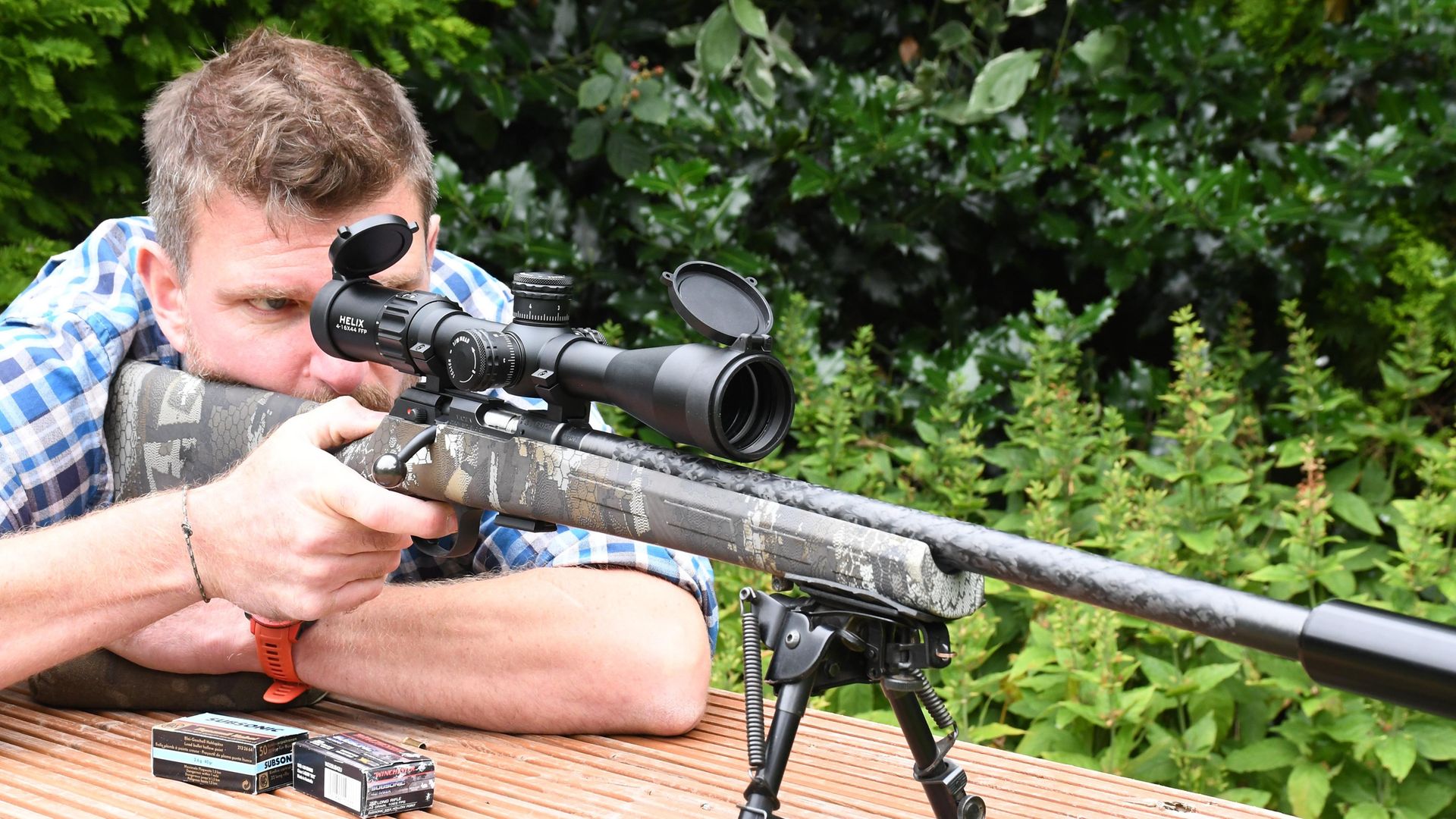 credit: Chris Parkin
credit: Chris Parkin
When it comes to physical mechanical clicks within your scope for zeroing or correcting the fall of shots for longer ranges, they are most commonly ¼ MOA but sometimes described as ¼"clicks. There are options for ½ MOA and 1/8 MOA units, which although not specifically more complex, further confuse some shooters. 25yd using 1/8 MOA clicks equals 0.0327" (0.8mm).
Can you or your rifle tell the difference from pellet to pellet? Probably not, so in those circumstances, ¼ MOA clicks (target or shooter’s MOA) are a more useful 0.0654" (1.6mm).
At 100yd or further this is less of an issue, and if you always think in angular measurements rather than actual movement on target, life is less complex. If you think “Why order an 1/8 MOA click scope” for an airgun anyway, I would generally agree. It might sound more precise, and it is, but is it more helpful?
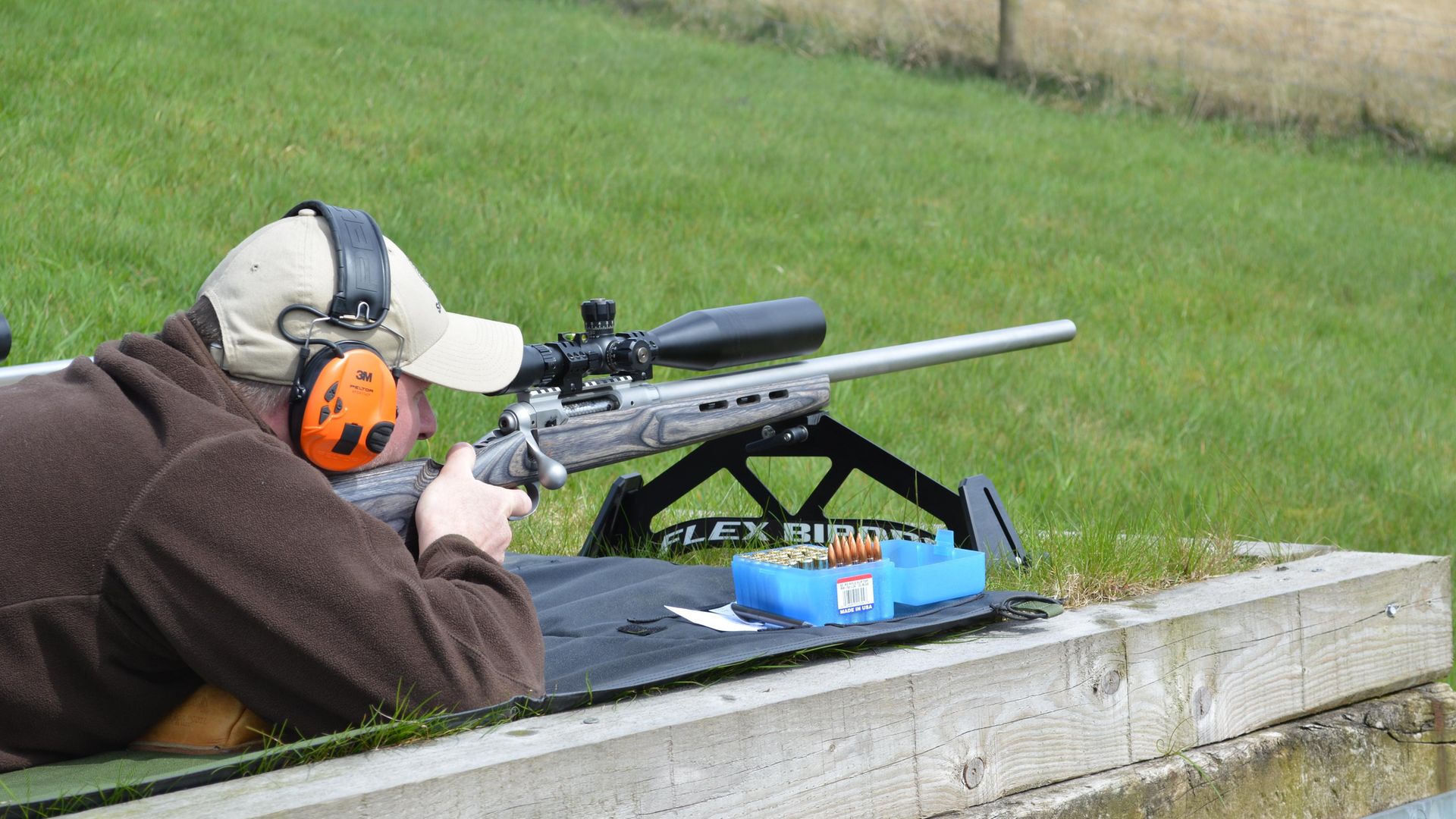 credit: Chris Parkin
credit: Chris Parkin
Does mrad or MOA offer greater precision?
When ranges extend and precision counts, finer click values are sometimes beneficial, especially for target shooters at extreme ranges. Those 1/8 MOA clicks at 1,000yd are now 1/8x1.047x10, which gives a 1.3" bullet shift. A ¼ MOA click is 2.6".
The 0.1 mrad/click (10mm/1cm at 100m), so commonly seen on long range tactical optics, would now equal a bullet’s positional change of 10cm at 1,000m (approximately 1,090yd). Scale that back to 1,000 yards, and each click theoretically moves your bullet by about 9.14mm (0.35"). I shall tabulate all this as it’s getting very complicated now, but this is all theoretical mathematics and has taken no account of ammunition consistency, rifle consistency, the shooter, the wind, the atmospherics and other variables.
Manufacturers often make vague mathematical statements of angular correction, such as stating that ¼ MOA = 7mm at 100m. A ¼" is 6.35mm, so multiply that by 1.09 for metres and it becomes 6.9mm. Close, but not exact.
It’s far less of a factor than the other variables are to a shooter, but endless discussion over which is better often distracts from actually going shooting, learning your kit, experimenting safely and recording results. DOPE does stand for Data on Previous Engagement, after all!
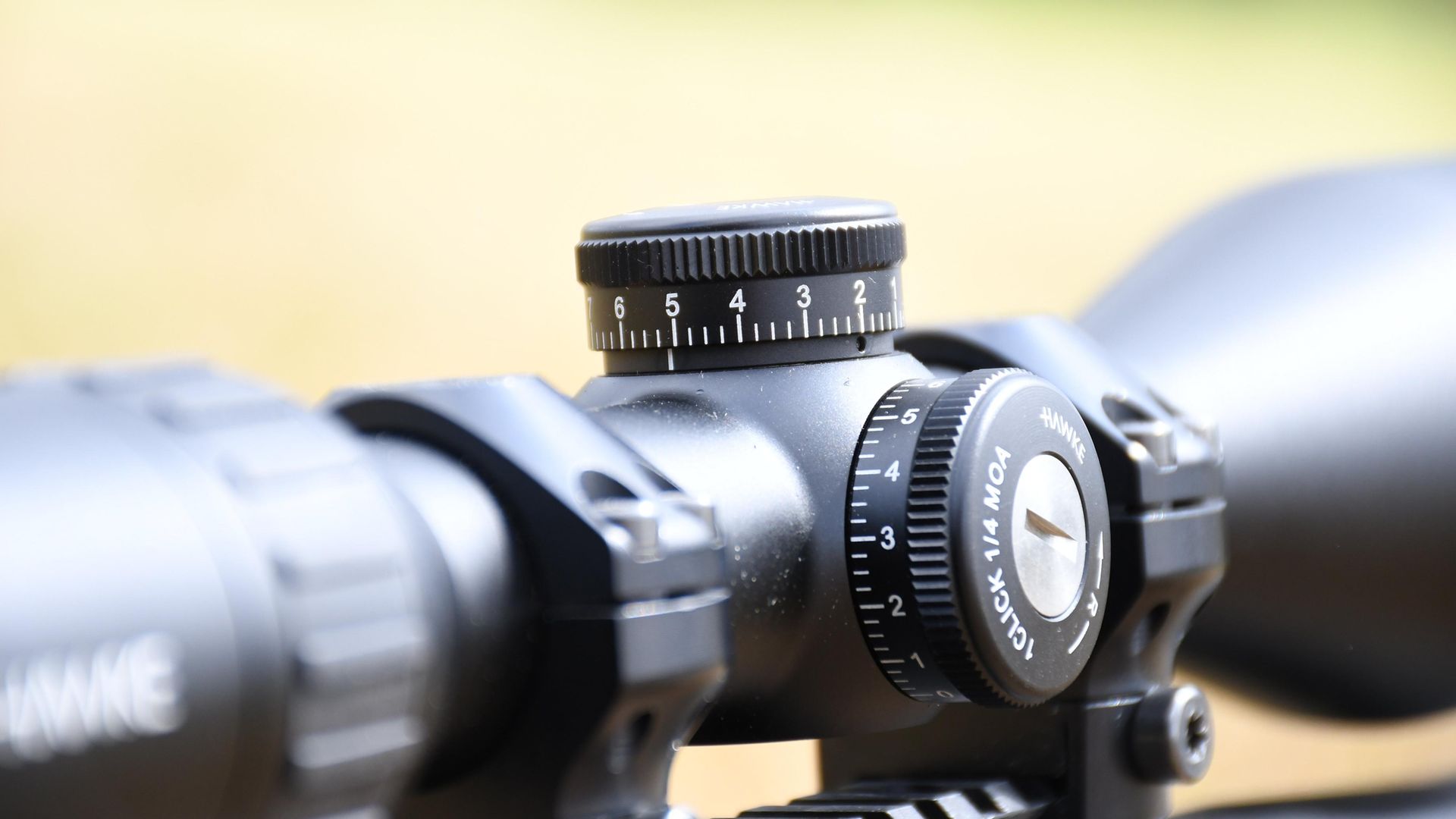 credit: Chris Parkin
credit: Chris Parkin
Counting clicks
If you work in clicks, that’s great. You need to keep count, though. If you work on the engraved turret markings, that’s also good, but one or the other will suit different shooters and that’s before we bring first versus second focal plane into the equation. How physically large is your target; how often will you change distances in a competition and need to recalculate? Fewer clicks and simple maths will always be a benefit if the targets are comparatively large and changing all day. FFP and metric is my choice, and that of many others in this scenario. But for single-distance shooters, 2FP and imperial/MOA perhaps offers slightly more precise bullet placement and simpler reticle, concentrating on just as precise a central aim point.
Turrets can only physically fit so many clicks into a turn. Each needs a tiny ball bearing under spring pressure to drop into an equally tiny groove machined somewhere within to make that tactile and repeatable click. If the threads controlling the erector tube to make that mechanical change are very fine, controlling equally tiny angular shift within, there will be an awful lot of clicks to count and fit in. They can become vague and the turret often descends into just a whir of smudgy clicks, rather than solid, perceivable clunks. Easily overrun, easily miscounted, and I can think of a few (naming no names) scopes that have pathetically little mechanical capability for the long-range shooting they so enthusiastically advertise!
The big takeaway here is to know your system. Neither is intrinsically better than the other, but each has slight benefits in certain areas that might suit you as an individual, but not necessarily the shooter next to you.
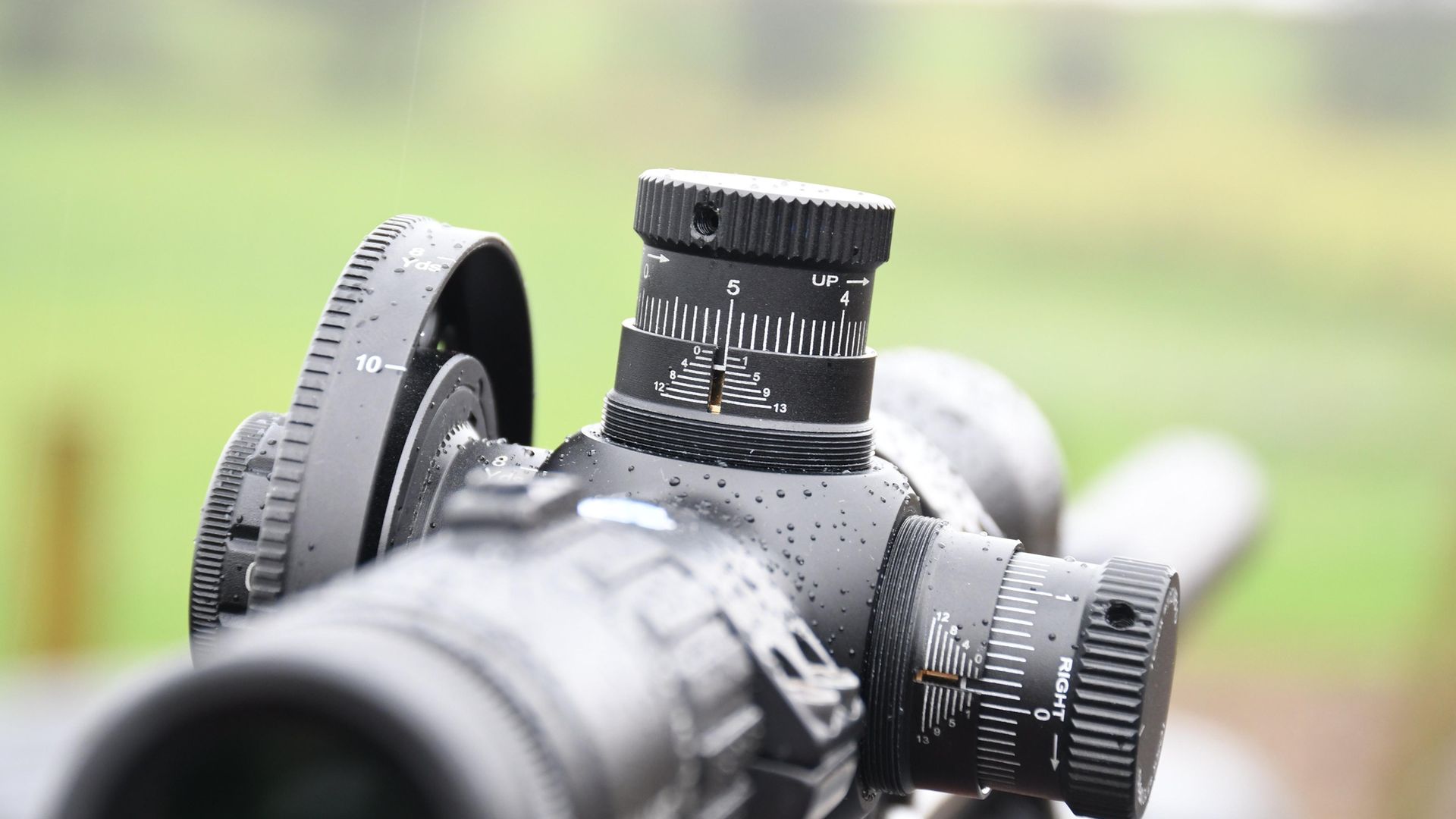 credit: Chris Parkin
credit: Chris Parkin
Point of
impact change
per click | Click
Value | 100yds
(") | 100yds
(mm) | 100m
(") | 100m
(mm) |
| | MOA | 1.047 | 26.594 | 1.141 | 28.987 |
| 1/8 | 0.131 | 3.324 | 0.143 | 3.623 |
| 1/4 | 0.262 | 6.648 | 0.285 | 7.247 |
| 1/2 | 0.524 | 13.297 | 0.571 | 14.494 |
| MRAD | 3.598 | 91.400 | 3.937 | 100.000 |
| 0.100 | 0.360 | 9.140 | 0.394 | 10.000 |
| 0.050 | 0.180 | 4.570 | 0.197 | 5.000 |
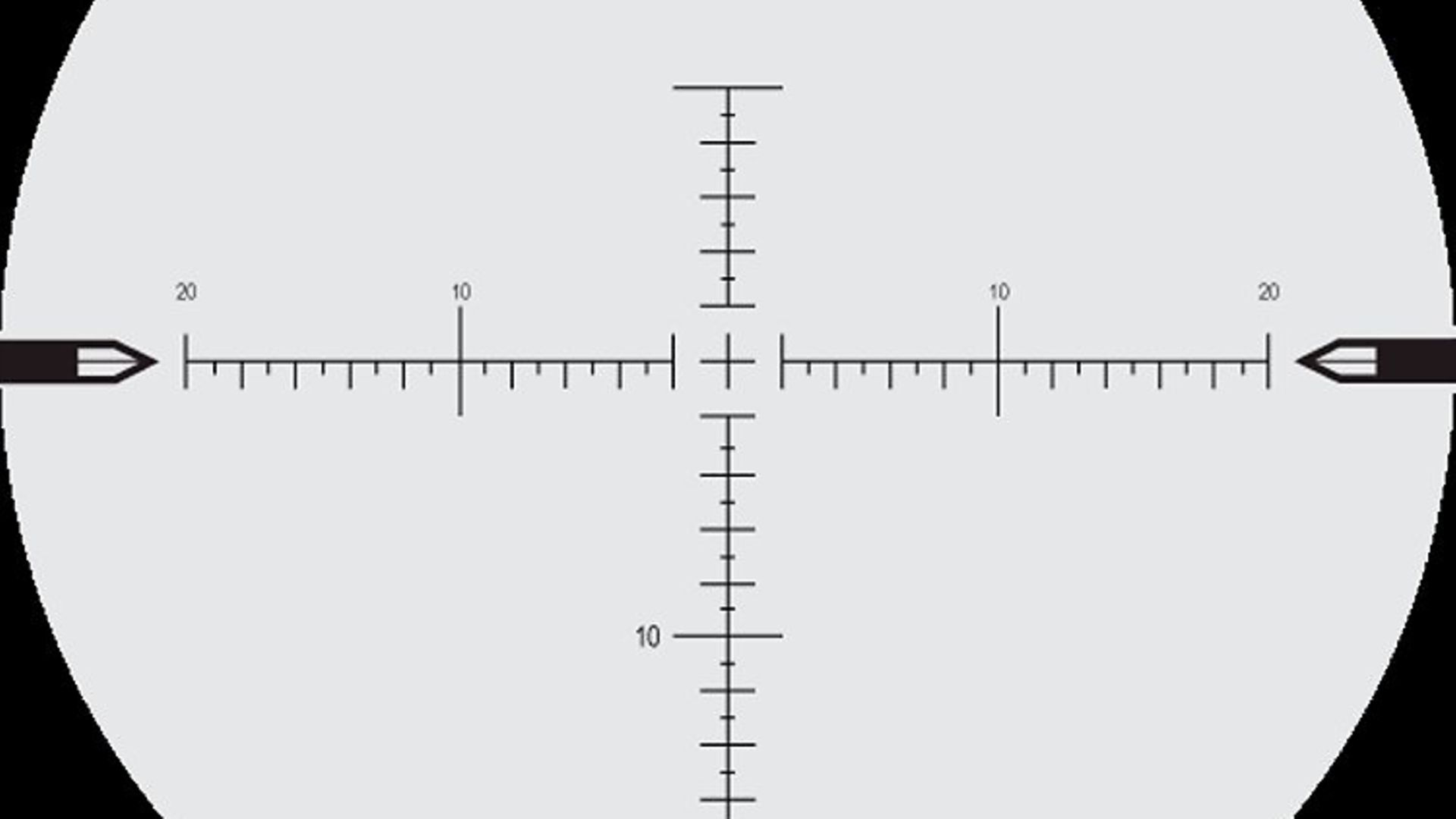 credit: Chris Parkin
credit: Chris Parkin